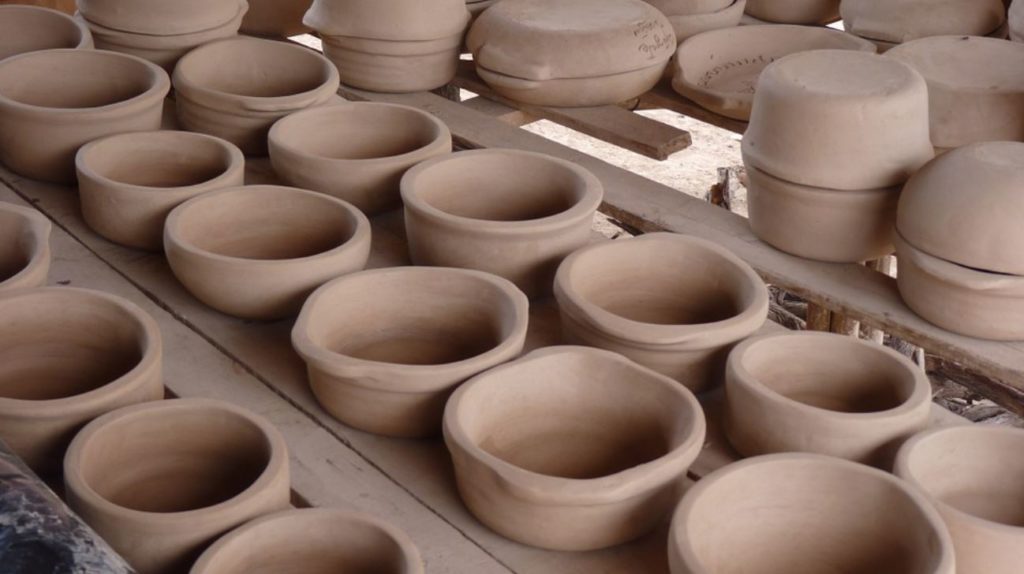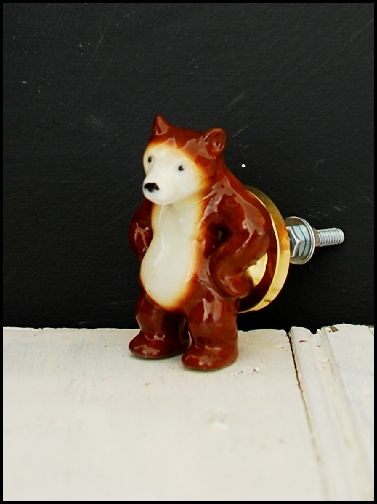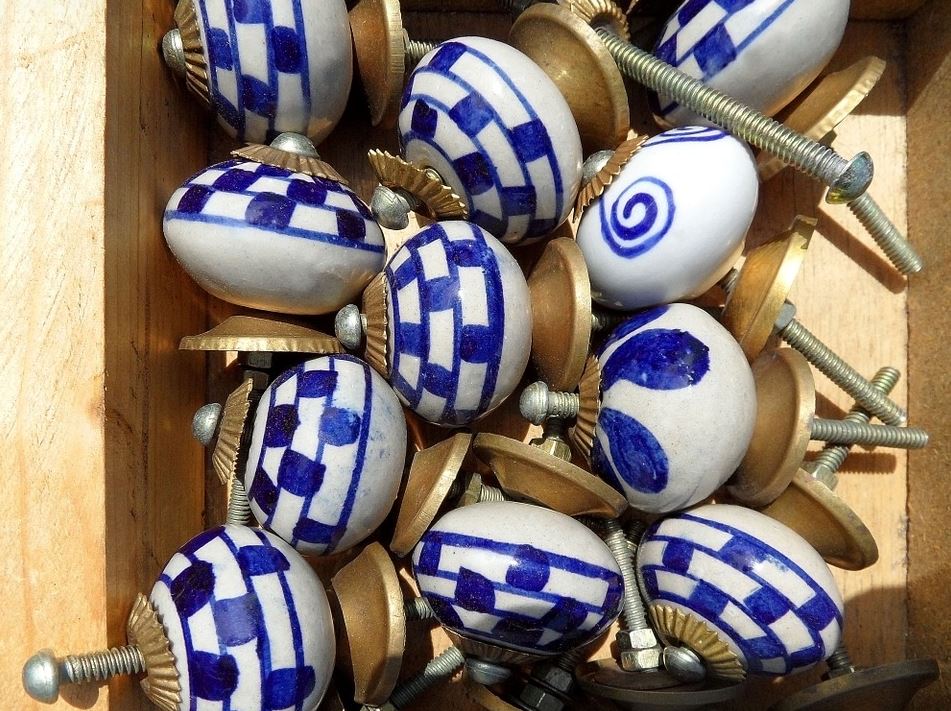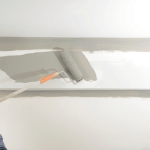When you think of door knobs, you think your average metal, brass, plastics, and wood. With all their fine polishing, there is nothing like the feel of ceramics. In ancient Greek terms for “potters” is a strong, solid material joining of metal, inorganic compounds, non-metals, and covalent bonds. With these compounds combined, they are commonly used for brick, earthenware, and porcelain.
We are very fond of this material as you can create beautiful works of art that will last for centuries. In our collections, we happen to get a number of ceramic door knobs and other trinkets in this material. In this post, we’ll cover the sort of door knobs you can find across the UK.
What are ceramics used for?
Before we talk about the types of knobs out there, let’s find out what ceramics are typically used for. If you’re a coffee drinker, one of the first things you touch when getting out of bed is ceramic. Gotta put that hot drink somewhere, right? The properties of ceramics are known for their high levels of heat resistant and great strength.

Source Photo: Pixabay
Speaking of strength, the building you’re currently in while you read this is most likely brickwork. This material is used to make some pretty tough but brittle parts of your home. The concrete for your base, the tiles in your bathroom and the glass in your cupboards, all are ceramics.
Even turbine jet engines are making use of this material. The use of a ceramic component that allows increased temperatures for the engine to operate much more efficiently. We may have gone slightly off topic so let’s land back down to find out about types of ceramic door knobs.
1930s door handles
Going back nearly a century, the 1930s do have an array of interestingly crafted and built door knobs. Styles come in bakelite lever, cabinets, beehive knobs, concave, convex, internal, external and many more. You’ll find that basic round door knobs from back in the 30s were loved for their colourful and detailed decor on the surfaces.
You’ll notice with these types of handles having a base white colour with multiple styles of shapes, patterns and colours. Floral designs tend to be the most popular choice for vintage knobs. If you are big on doing your own interior design, you’re guaranteed to find a design that matches your homes accessories and decor.
Animal ceramic door knobs
From drawers to levers to doors, these sort of ceramic door knobs is becoming a growing favorite in the UK. If you are thinking vintage in England, you’re bound to see these ceramic animals at the top.

Source Photo: Montys
The quirky design comes in various materials, such as wood, metals and plastics. Although we provide all sorts of materials, we choose ceramics for its natural beauty and longevity. Like our furnishings, these are one of the fastest-selling items we collect. To the point where our only imports are skilled ceramic artists who sell to us. We rarely see a regular customer giving up their animals, but we don’t blame them!
For the craftsmen ( and women ), the animal theme is perfect for your DIY projects and upcycling your old goods. Are you a dog person? Fond of cats? Or even something as random as an elephant’s head, you can find just about any four-legged friend to decorate your panels. Instead of using the common handle, knob or lever, why not try these loveable designs for your next projects.
DIY faux ceramic knobs
For those on a budget, who happen to love DIY but are looking for the ceramic “look” for cheap? There is certainly a way, an easy way. Inspired by the “apieceofrainbow” blog post, we saw this nifty trick and thought this would be perfect for those starting out as up cyclers. Here are some materials that you will need to get you started:
- 2″ wooden knows with a convex surface
- Non-toxic glue for decoupage
- Some circular design from offline or your own
- Office paper
- Inkjet printer
- Plastic food wrap
- Sandpaper
- Small paintbrush

Source Photo: Pixabay
Step 1.
First, sand down your knobs for a smoother surface.
Step 2.
Measure the width of the knobs you have them on your computer, resize your chosen design to match the knobs dimensions. Then print your designs.
Step 3.
Brush the surface of your knobs with the glue. Then take your design, flip it so it’s resting with the design facing down and the blank part visible.
Step 4.
Next, very carefully place knob at the centre of the paper circle as best as you can.
Step 5.
Lift knob so the paper is stuck to it, add more glue on the surface of the design then place the plastic over the knob so it wraps around creating the convex shape.
Step 6.
As soon as the paper is wrapped around the knob, remove the plastic wrap and use a finishing coat of your choice.
You now have your self a custom, faux door knob, well done! You can tell your friends that you have some new ceramic door knobs in your kitchen., just be sure they don’t look too close.
So now we know what ceramics are for and how we use them in our daily lives. We know the various types of popular door knobs in the UK. Finally, how to make our own faux, cheap ones for our home. Whether you are looking to buy, sell or even make your own, you now have a better understanding of what to look out for when dealing with ceramic door knobs.










